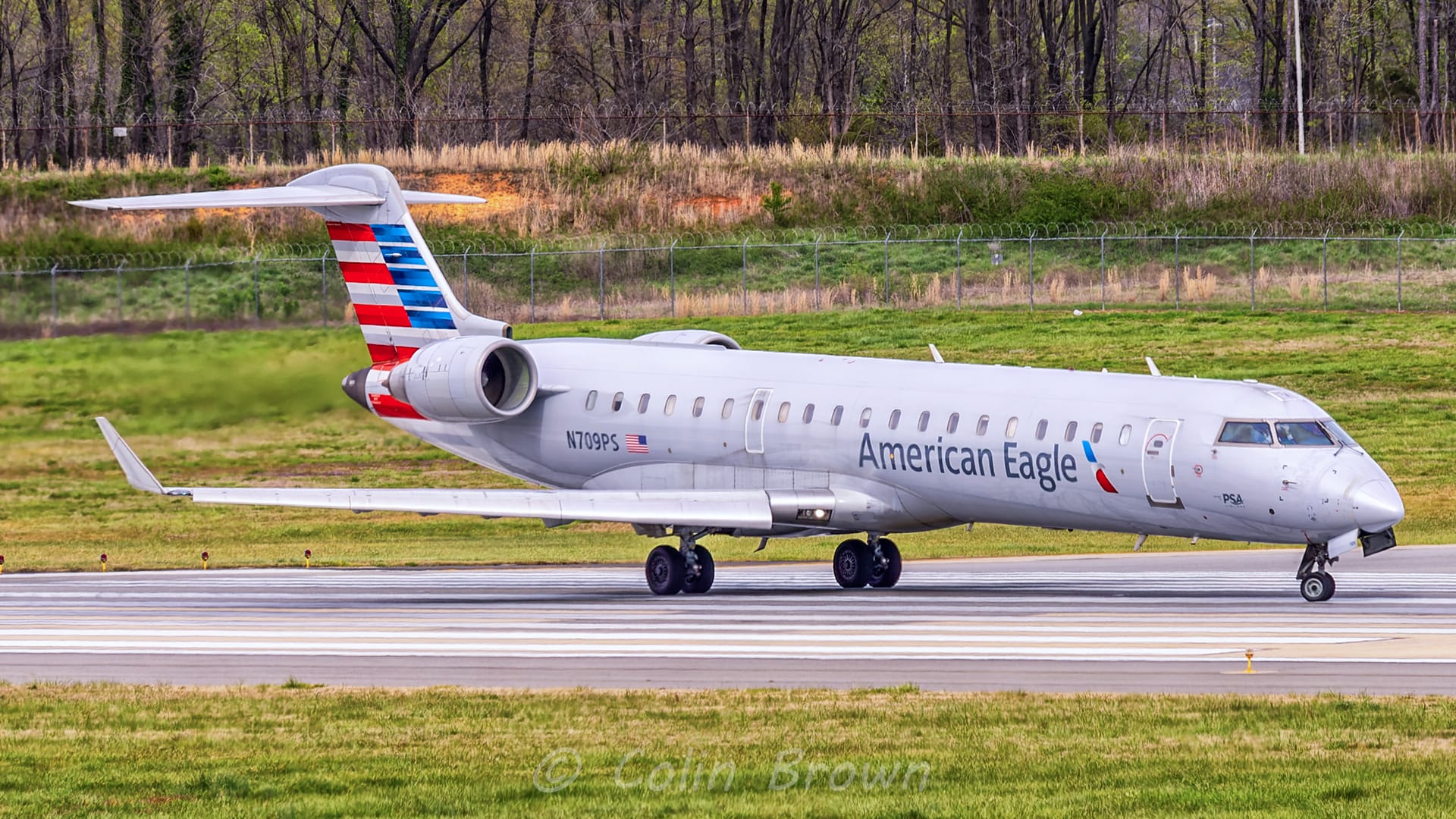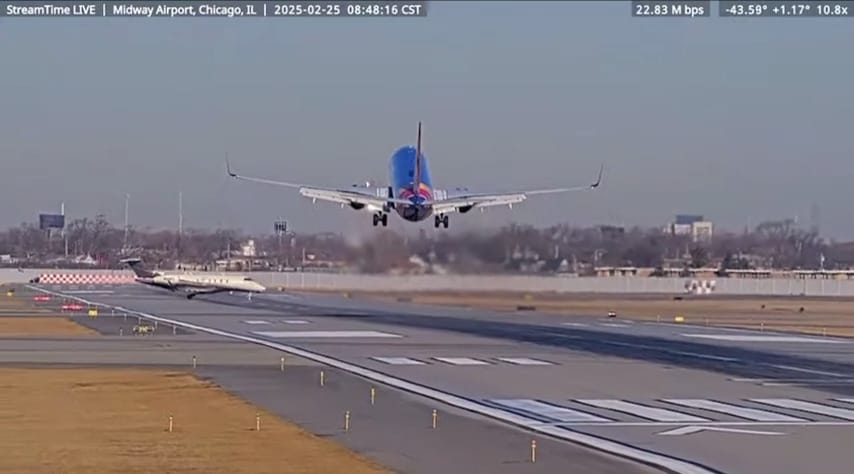Temperature Inversion: When Flying Higher Gets Hotter instead of Colder
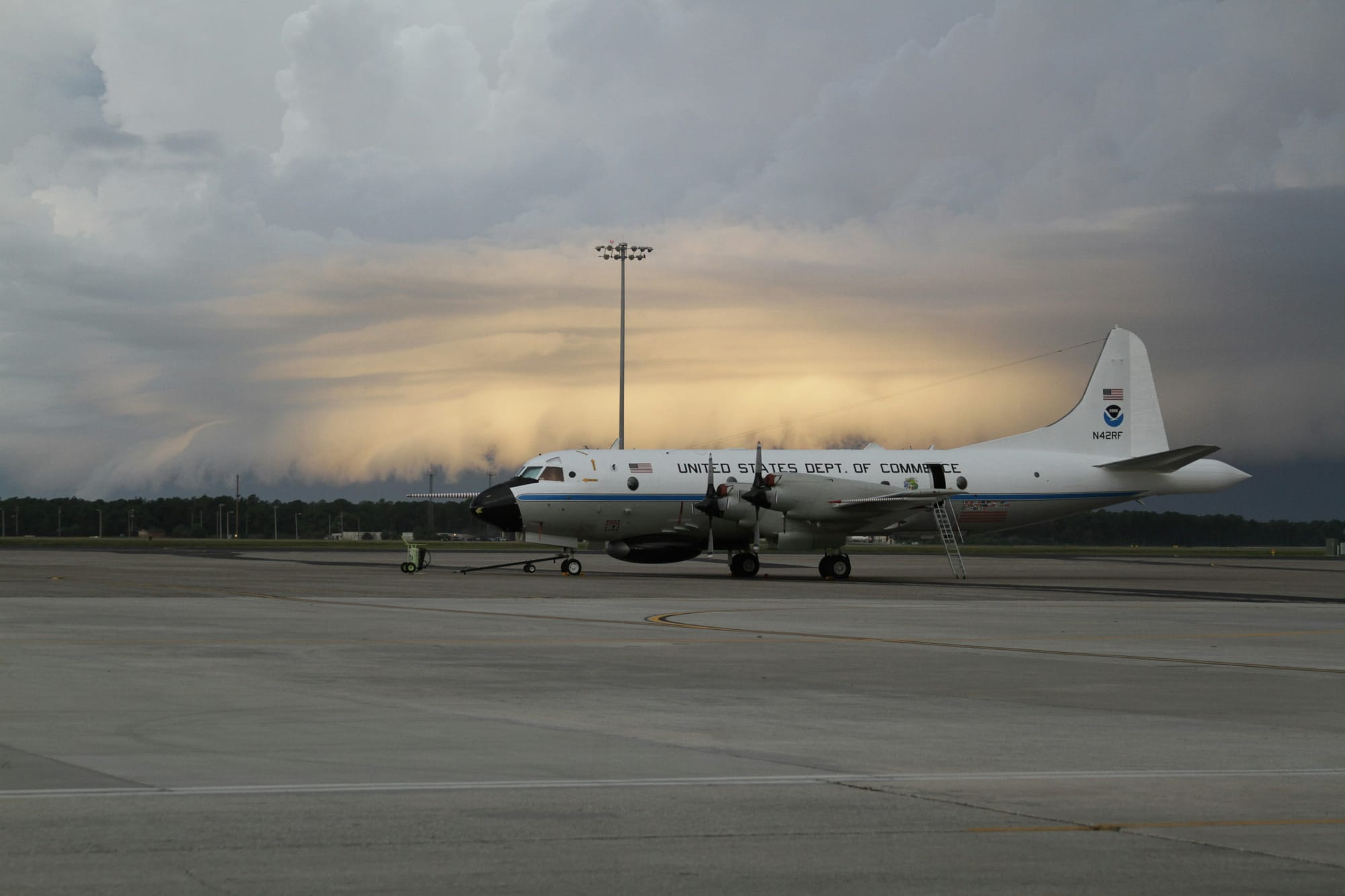
Temperature inversion is a meteorological phenomenon where the normal temperature profile of the atmosphere—in which temperature decreases with altitude—is reversed. In an inversion layer, temperature increases with altitude, creating unique atmospheric conditions that can significantly impact aviation operations.
What Causes Temperature Inversions?

Temperature inversions typically occur under stable atmospheric conditions, often during the following scenarios:
- Radiation Cooling: On clear nights with calm winds, the ground loses heat rapidly, cooling the air near the surface. This cooler air becomes trapped beneath a layer of warmer air aloft.
- Frontal Systems: Warm air overrunning a cooler air mass during the passage of a warm front can create an inversion layer.
- Subsidence: High-pressure systems can compress and warm the air at higher altitudes, forming an inversion.
How Does Temperature Inversion Affect Aviation?
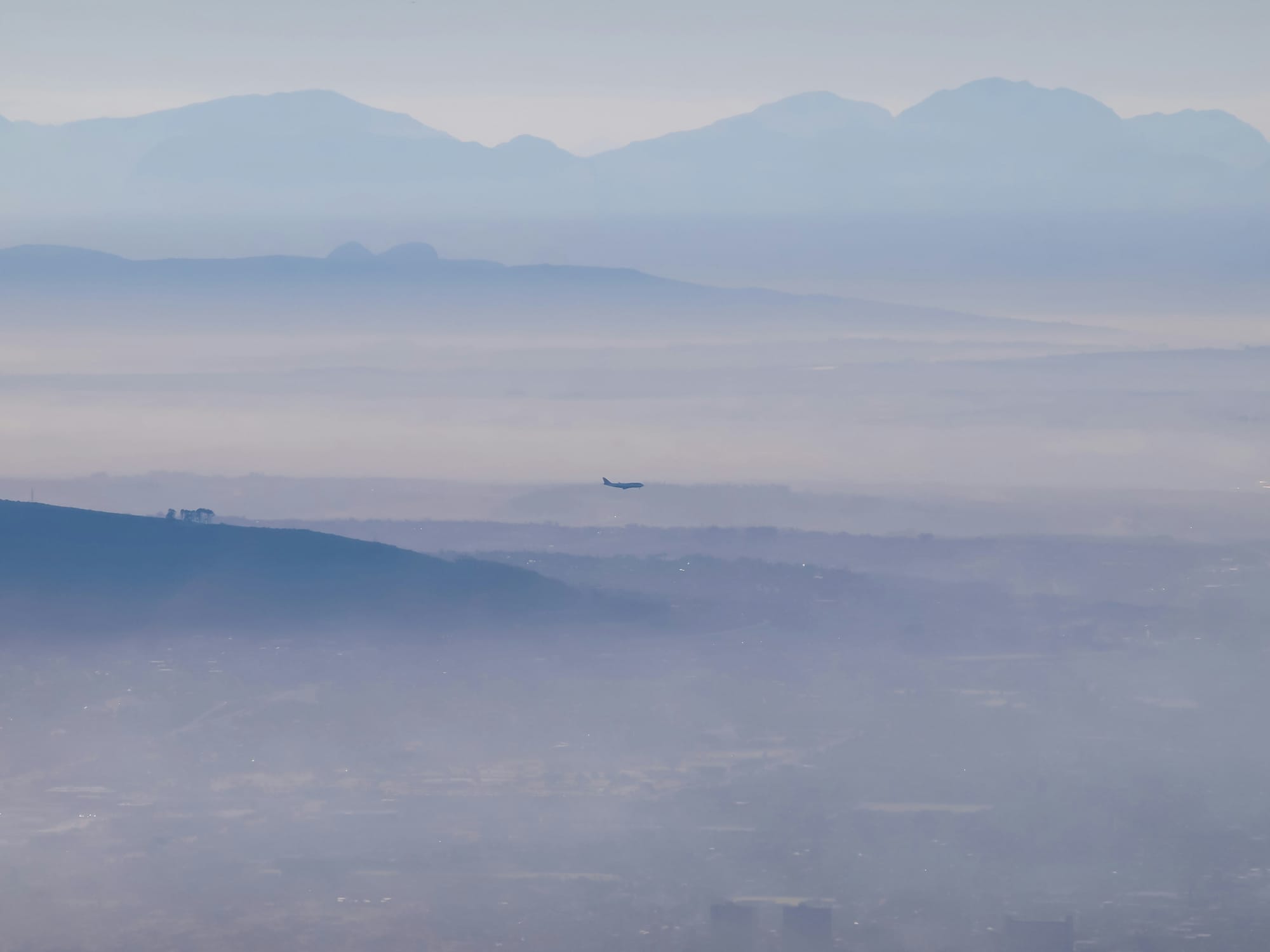
Temperature inversion can influence aviation in several ways:
- Reduced Visibility: Inversion layers often trap pollutants, smoke, and fog near the surface, significantly reducing horizontal and vertical visibility.
- Turbulence: When an aircraft transitions through an inversion layer, it may encounter turbulence. The sharp temperature gradient can lead to a sudden change in air density and wind speed, which pilots must manage carefully.
- Aircraft Performance: Inversions can alter the density altitude, affecting engine performance and lift. During flight, this may result in flying at a lower altitude or climbing more slowly through the layer.
- Icing Risks: If moisture is present near the inversion, and temperatures fall below freezing at lower altitudes, pilots might encounter supercooled water droplets that lead to airframe icing.
How Pilots Manage Temperature Inversion
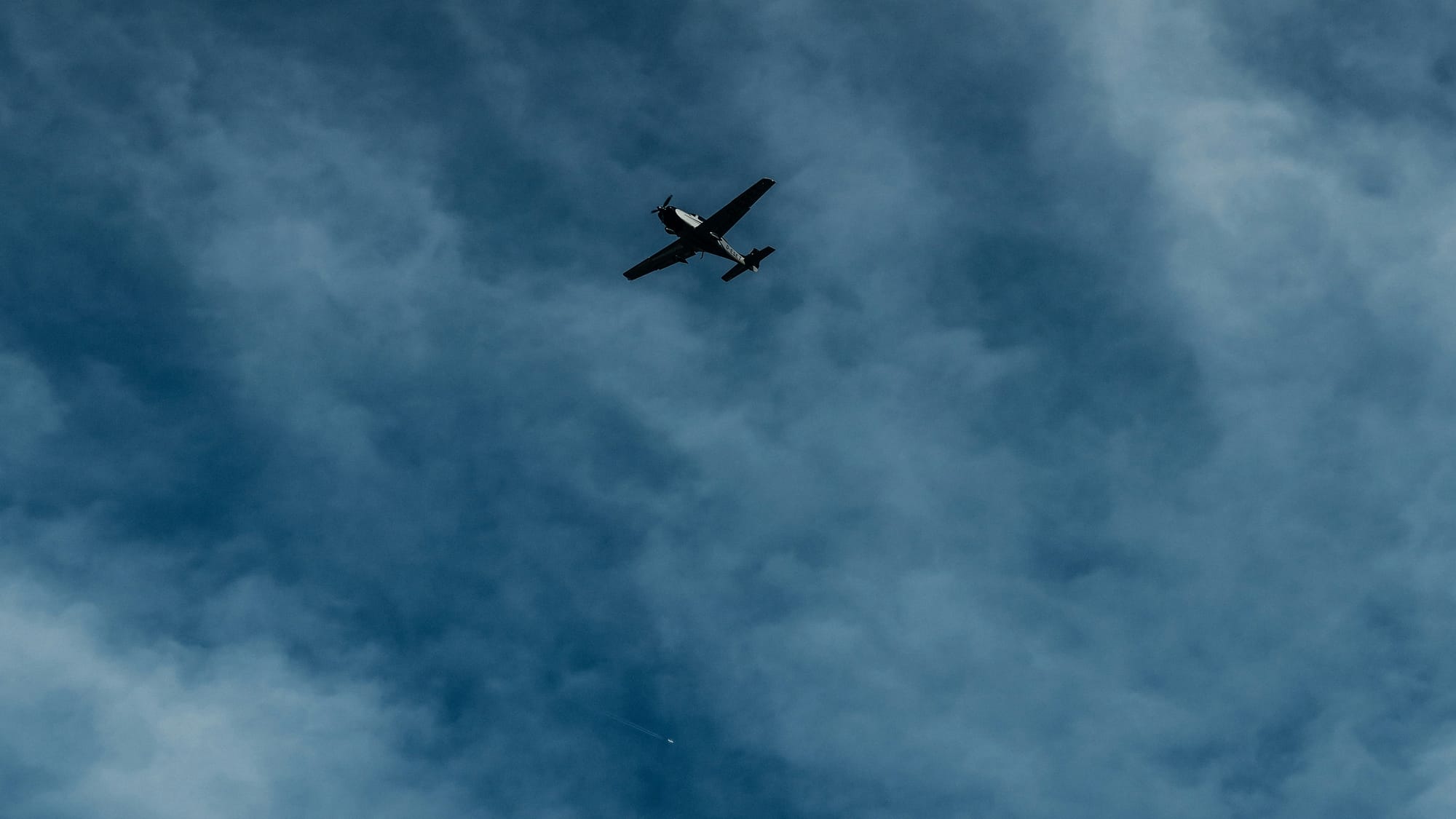
Modern aviation relies on advanced technology and training to mitigate the challenges posed by temperature inversions:
- Weather Briefings: Pre-flight weather briefings often include information about temperature inversions, enabling pilots to anticipate potential visibility and turbulence issues.
- Anti-icing Systems: When passing from the warm to cooler layers, visibile moisture will condense into ice rapidly on the aircraft. Anti-icing systems will ensure the aircraft can stay airborne.
- Flight Planning: Pilots and dispatchers may adjust flight paths and altitudes to avoid inversion-related turbulence or performance issues, especially with aircraft at their heaviest weights.
Final Thoughts
Temperature inversion is a fascinating atmospheric phenomenon that underscores the complexities of aviation. While it poses challenges such as reduced visibility, turbulence, and performance adjustments, modern technology and well-trained flight crews ensure that aircraft operate safely under these conditions.




